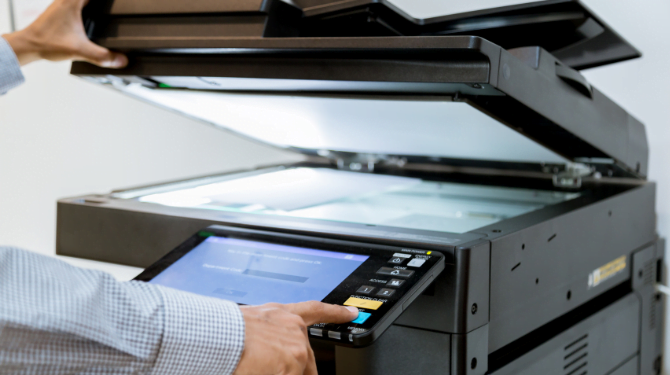Sublimation printing, a heat-based transfer process, allows images to become a permanent material. The key lies in the unique properties of certain materials that can hold sublimated ink without compromising color vibrancy. Click here to learn more about image clarity.
Sublimation Printing
Sublimation printing transforms the ink into a gas state under heat and then bonds with the material’s fibers. Click here to learn more about traditional printing methods; sublimation printing ensures that the final image is embedded into the material rather than sitting on top.
Ideal Materials for Sublimation Printing
Natural Fabrics
Natural fabrics like cotton may not be the best match for sublimation printing due to their inability to retain the ink well. The process requires materials with a high polyester content for optimal results.
Polyester-based Fabrics
Polyester and polyester-blend fabrics excel in sublimation printing. The synthetic fibers effectively trap the ink and allow for impressive color payoff and wash resistance.
Ceramic and Porcelain
Sublimating on ceramics and porcelain opens up opportunities for customized mugs, plates, and decorative items. The smooth and heat-resistant surfaces make for a durable canvas.
Metal
Metal items like keychains and aluminum panels are receptive to sublimation. The process results in vivid prints with an industrial look.
Polymeric Products
Polymeric materials like nylon can be sublimated, offering applications in activewear and bags. These materials ensure excellent ink penetration.

Plastic and Polymer-Coated Items
Items with a polymer coating can be used for sublimation. This includes phone cases, coasters, and mousepads, providing a glossy finish.
Wood and Bamboo
Wood and bamboo offer a rustic and unique outcome with sublimation. The natural grain adds character to the prints, perfect for personalized gifts.
Materials to Avoid
Sublimation works best on materials with a polymer base or polymer coating. Avoid natural fibers like wool and silk and materials with rough or heavily textured surfaces.
Benefits of Using the Right Materials
Using suitable materials enhances the longevity of the prints. Sublimation on the right materials ensures resistance to fading, cracking, and peeling even after multiple washes or extended use.
Sublimation Printing vs. Other Printing Methods
Unlike screen printing or direct-to-garment, sublimation offers a full-color range with intricate detailing. It doesn’t crack or fade like vinyl prints and doesn’t have a noticeable texture as in embroidery.
Caring for Sublimation-Printed Items
Wash sublimation-printed fabrics in cold water with mild detergent. Avoid bleach and fabric softeners. For hard goods, gentle handwashing prolongs the print’s life.
Exploring Creative Opportunities
Sublimation printing unlocks a world of creative possibilities. From personalized apparel and accessories to photo gifts and home decor, the only limit is your imagination.




